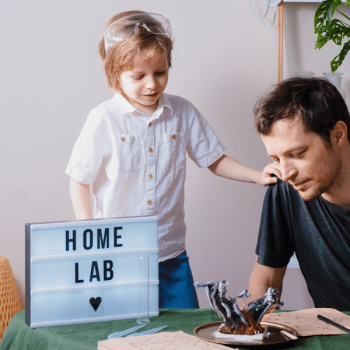
Step 5: Offer to help.
This is actually the last step for a stressed-out child rather than the first one. Our For Parents Only research found that after we listen to and acknowledge their feelings, 64% of children do want the next step of an offer to help.
So, once your child has opened up to you, and you have helped them clear their mind and relax, then it’s time to brainstorm with them what would be helpful—without rescuing them from something they need to learn how to do on their own. For example, if they are younger, offer to accompany them to talk to their teacher about the math homework; if they are older, offer to help them write an email to advocate for themselves.
Whatever the problem is, they most need to know that they don’t have to face it alone.
As we brainstorm, it’s important for us to avoid sliding into helicopter parenting, hovering over their every move. Turns out, there is a direct relationship between helicopter parenting and kids’ anxiety and depression. Children need to push through hard things—and even fall and fail sometimes—when the stakes are lower. It’s how they’ll develop the emotional muscles they’ll need later in life. (If you even try to clear your kids’ path of every problem they might face, you’ll want to read part one and part two of a series I did last year on snowplow parenting.)
Ultimately, as I hope you can see, all these steps are not just about calming our stressed-out child. They are about helping us learn our kids as they grow, and building the skill of being good at what we most want to do, which is to love our children well.

Improve your relationships with simple, actionable steps backed by proven research! Visit
SurprisingHope.com to learn about our courses.
Do you want Shaunti to share these life-changing truths at your church or event? Send
us a speaking inquiry request today!
Please note: This post contains affiliate links. As an Amazon Associate we earn a small
amount from qualifying purchases through these affiliate links. This doesn’t cost you
anything.













